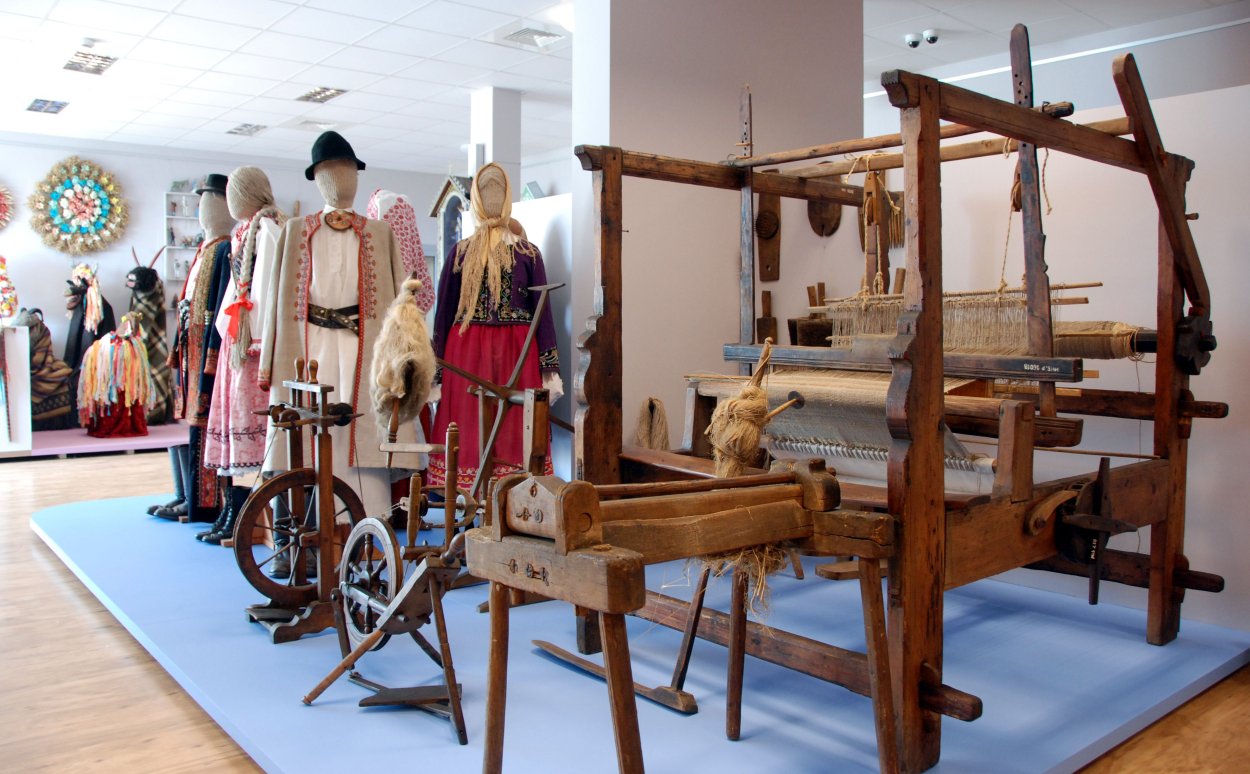Branches
Nowy Sącz
The Main Building
The Main Building - the seat of the Museum of Nowy Sącz land in the historic building of the former Austro-Hungarian Bank, built in 1912 according to the design of the Krakow architect Teodor Hoffmann (born 1874, died 1959), the creator of many main houses and public buildings .
Find out more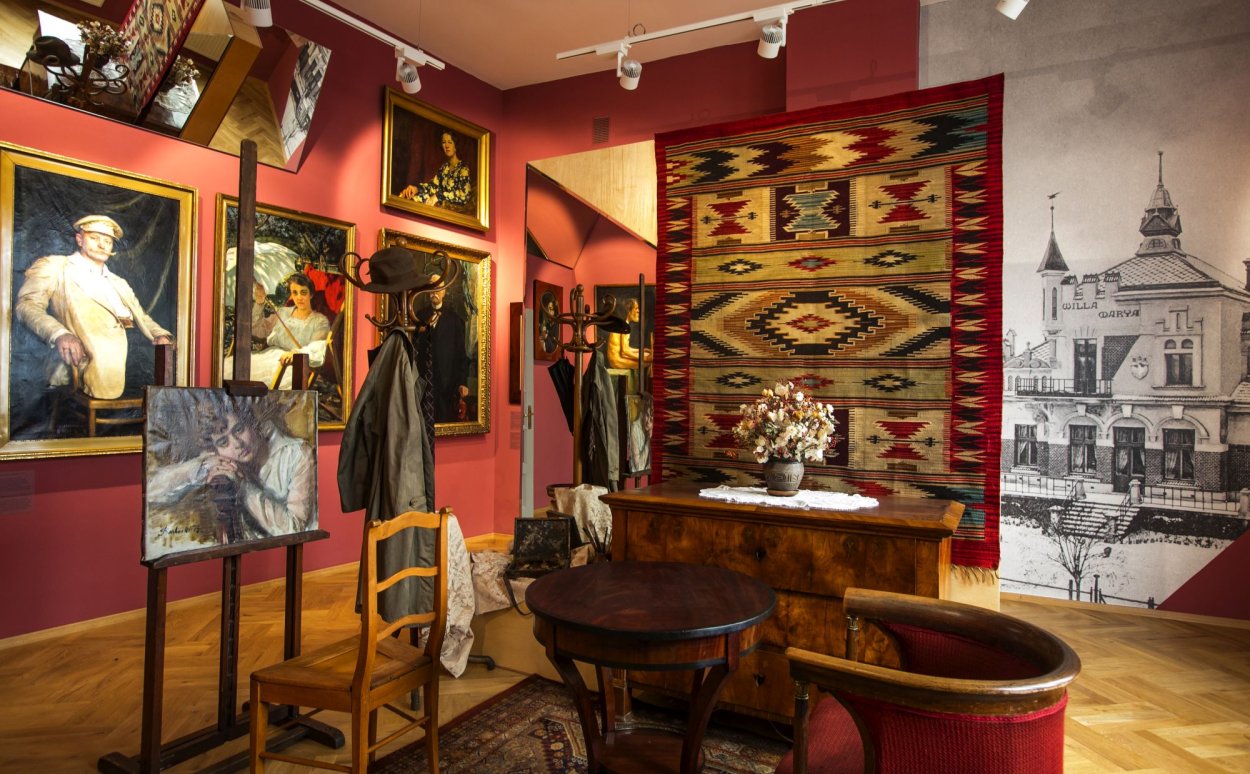
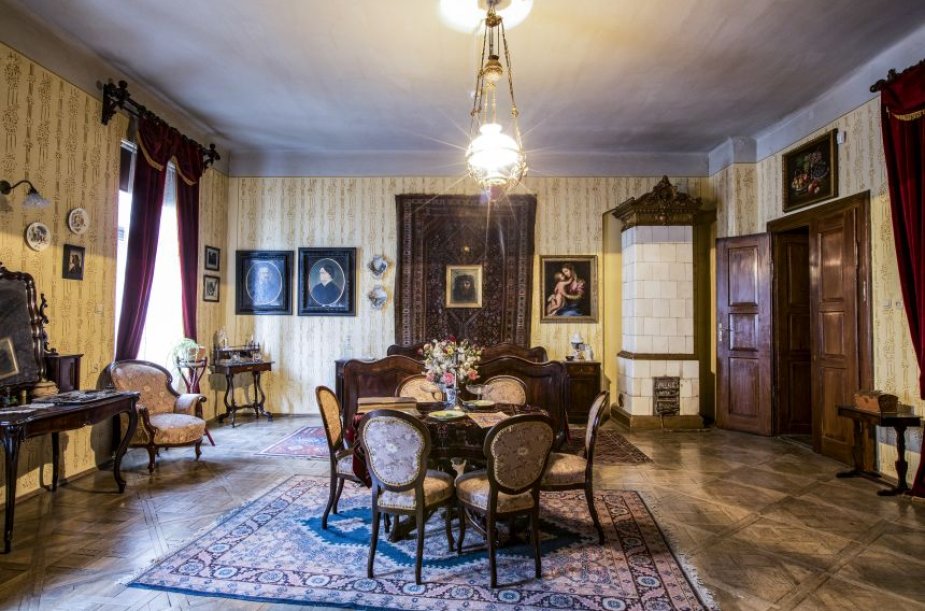
Nowy Sącz
Maria Ritter Gallery and Old Bourgeois Interiors
MARIA RITTER'S GALLERY l OLD CITY INTERIORS are exhibitions occupying four rooms on the first floor of the historic Ritter tenement house (turn of the 18th and 19th centuries) at the intersection of the Market Square and ul. Jagiellońska.
Find out moreNowy Sącz
Sądecki Ethnographic Park
The largest open-air museum in Lesser Poland, presenting wooden architecture and traditional folk culture of local ethnographic groups - Lachs, Pogórzans and Górale Sądeckie and ethnic groups: Lemkos, Germans and Gypsies.
Find out more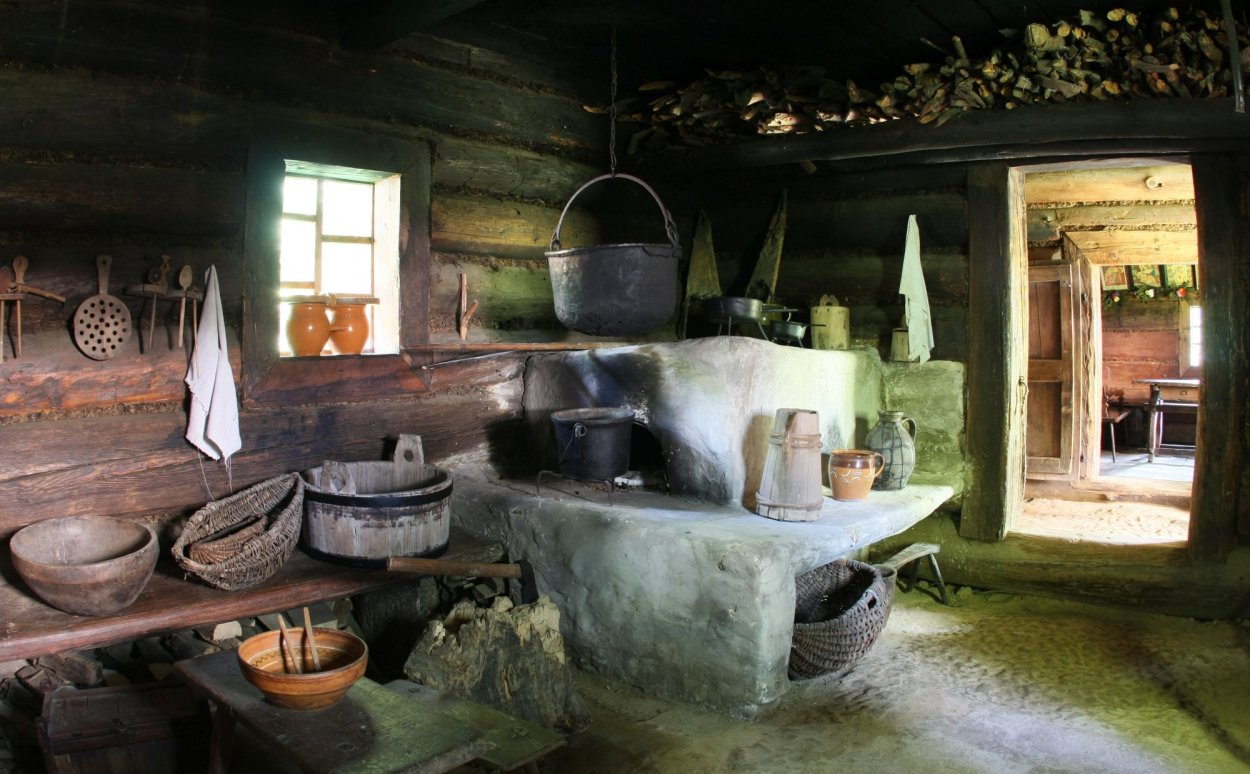
Nowy Sącz
The Galician Town
Galician Town, a branch of the District Museum in Nowy Sącz, is a reconstruction of a fragment of small-town buildings. It includes a small market square and a frontage with a dozen or so houses. This quaint urban complex brings the atmosphere of small towns closer.
Find out moreKrynica-Zdrój
Nikifor Museum
The NIKIFOR MUSEUM is located in a historic wooden villa "Romanówka", typical of 19th-century spas. The building was located until 1990 at ul. Piłsudski was demolished and after conservation renovation in the years 1992-1994, it was reconstructed in a new place in the center.
Find out more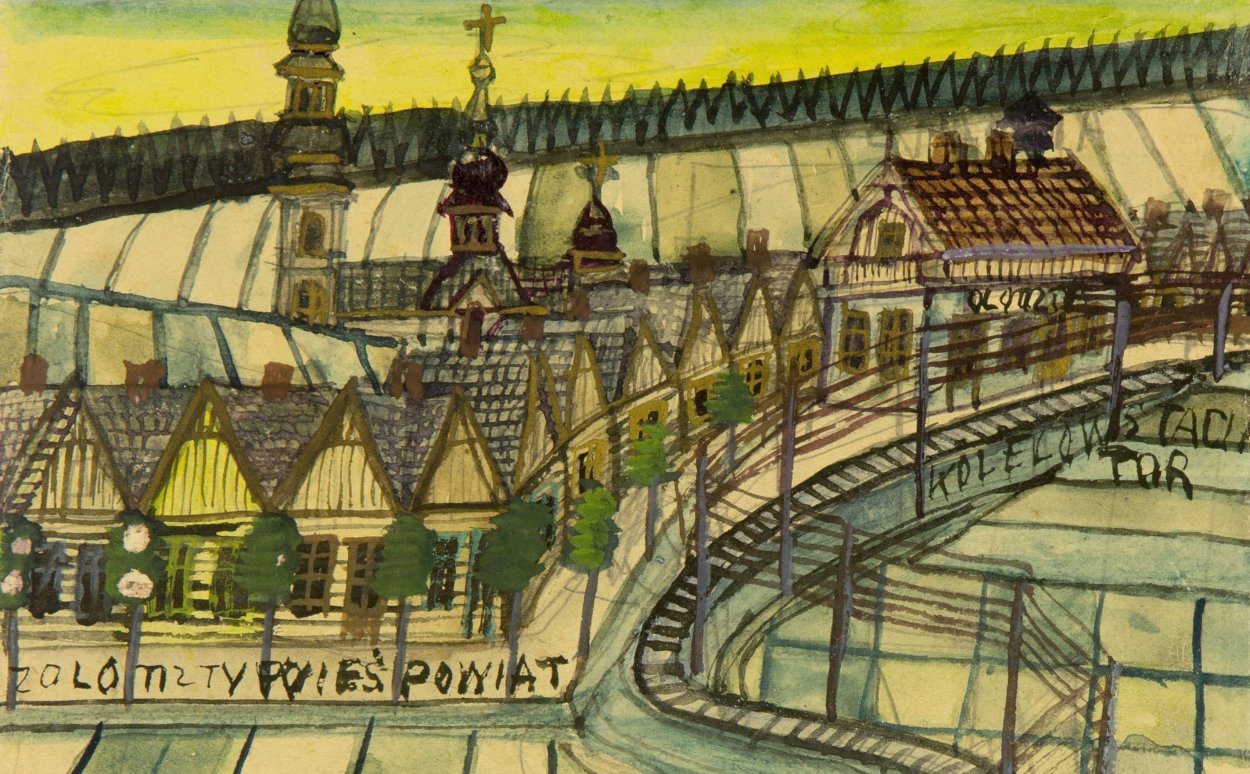
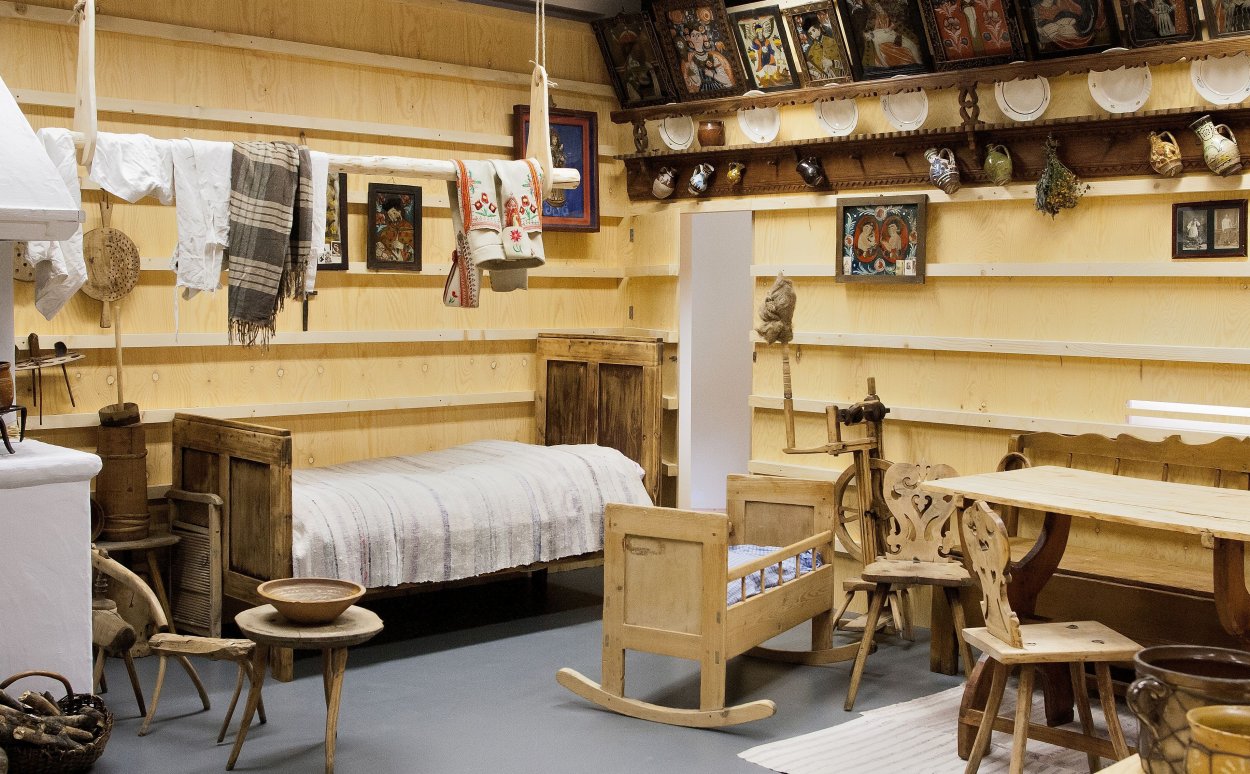
Szlachtowa
Pieniny Museum
Pieniny Museum Józef Szalay is located in the building of the former border guard in Szlachtowa near Szczawnica. The exhibition leads visitors along the trail of the past of the Pieniny region.
Find out morePodegrodzie
The Lach of Sącz Ethnic Group Museum
The Lach of Sącz Ethnic Group Museum of Zofia and Stanisław Chrząstowski is a branch of the Sądecki Ethnographic Park. It was created from the private ethnographic collection of the founders - regionalists and cultural animators who lived in Podegrodzie from the late 1920s.
Find out more